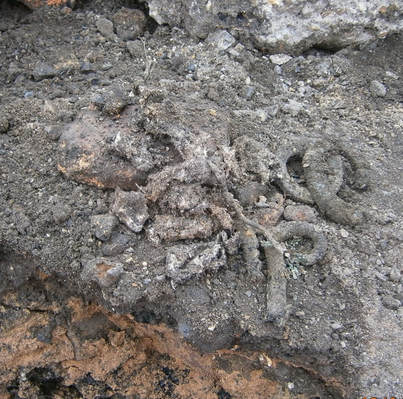Soil sampling
Asbestos can be found in soil, aggregate or spoil.
It can be difficult to spot, but the impact of not identifying and risk assessing a site can lead to external involvement, as well as possible criminal prosecution and civil claims.
Asbestos can find its way into made ground and soils in many different ways such as historic demolition of buildings or fly-tipped waste to name just two.
Asbestos in made ground soils is mostly immobile, although when contaminated ground soils are disturbed, fibres are more likely to be released. These fibres can be inhaled and potentially cause respiratory diseases. At present, there is no safe recognised exposure limit for humans.
At Asbestos Consultants we will help to determine the following:
We also provide heavy metal soil sampling.
It can be difficult to spot, but the impact of not identifying and risk assessing a site can lead to external involvement, as well as possible criminal prosecution and civil claims.
Asbestos can find its way into made ground and soils in many different ways such as historic demolition of buildings or fly-tipped waste to name just two.
Asbestos in made ground soils is mostly immobile, although when contaminated ground soils are disturbed, fibres are more likely to be released. These fibres can be inhaled and potentially cause respiratory diseases. At present, there is no safe recognised exposure limit for humans.
At Asbestos Consultants we will help to determine the following:
- Are ACMs (asbestos containing materials) present in the soil, spoil or aggregate?
- Is there a risk of any release of asbestos fibres into the air?
- Is there a risk of any such release exceeding the control limit for work with asbestos?
- What is the appropriate course of action to reduce potential risks?
- ACM type – loose fill, insulation, lagging, asbestos insulation board (AIB), cement etc.
- ACM condition – degraded/ damaged/ broken up.
- Weather and underfoot conditions – wet/ damp or dry, moisture content %.
We also provide heavy metal soil sampling.


